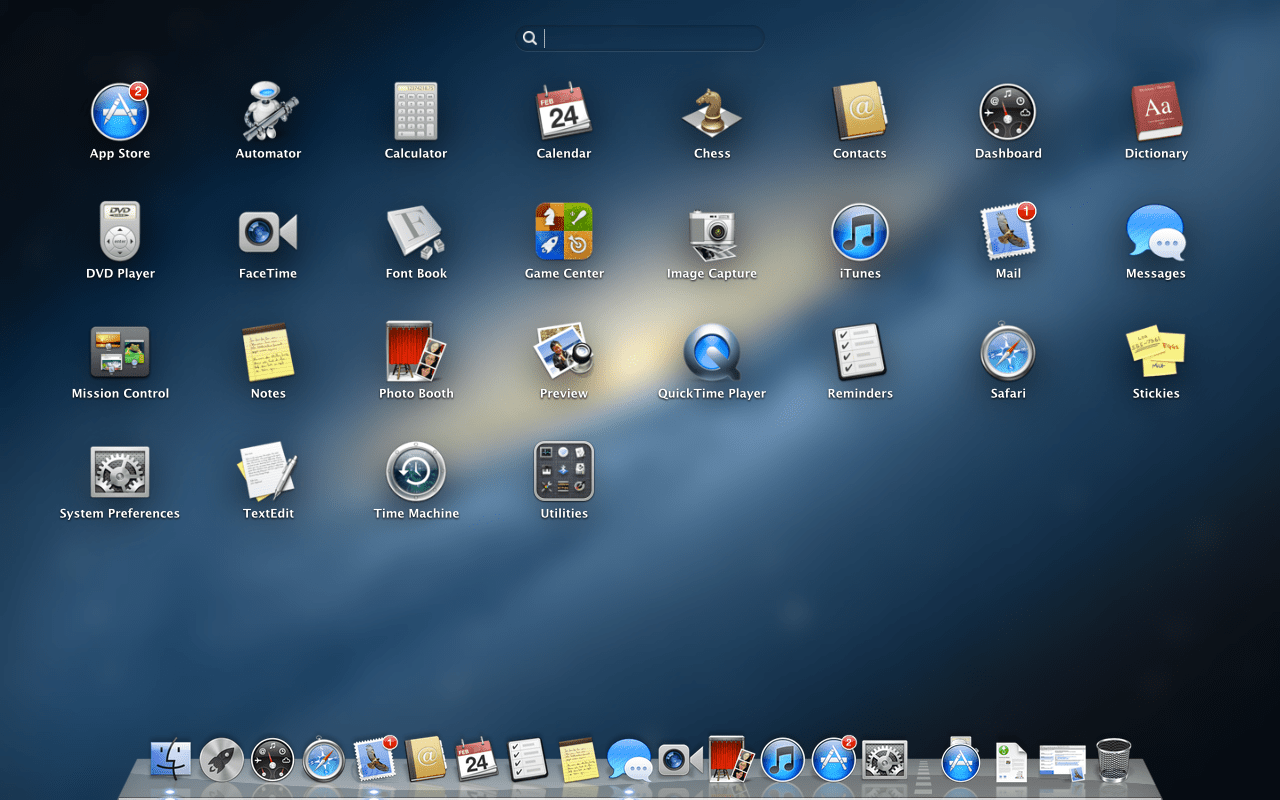OS X Lion has just been to developers, and provided all goes according to plan it should be slated for public release sometime later this month. Unlike with prior releases of OS X, Apple has taken a few different turns with Lion, especially in how it will be distributed to users.

Mac Os X Lion For Virtualbox
Help with Mac OS X Lion installation, setup, migration. Troubleshoot 10.7 Lion issues.
In addition, the system requirements for the upgrade are going to be a bit more constrained than in the past, so here is how to best prepare for the upgrade. The first thing to do is ensure your system will run it. Any Mac that runs Snow Leopard should be able to run Lion, with the exception of the very first Intel Macs that shipped with Core Duo and Core Solo processors.
Download Os X Lion For Mac
These include the following systems:. iMac (Early 2006 and Mid 2006).
This requires a system with writable media and with write filters properly configured. Optical touch screen driver for mac. Important note for Windows 7 Embedded and XP Embedded users: Touch drivers can be installed onto a Windows Embedded system using either Direct Image Integration or Existing Operating System (Manual) Installation: • Manual Installation: it may be possible to install the touch driver onto an existing Windows Embedded machine using the standard Windows driver installer.
MacBook Pro 15-inch and 17-inch (Early 2006). MacBook (Early 2006). Mac Mini (Early 2006 and Late 2006) My XServe G5 will not run Lion because it has a PowerPC chip in it. If you have purchased your system in 2007 or later, then you should be good to go for upgrading to OS X Lion; however, you can check for the processor type on your system by going to the Apple menu, selecting 'About This Mac,' and then looking at the Processor section. If you see Core 2 Duo, Core i3, Core i5, Core i7, or Xeon in the processor name, then you should be good to go. If you only see Core Duo (without the number 2 in it), Core Solo, or any form of PowerPC, then you will not be able to run Lion. Beyond the CPU requirements for Lion, you may also consider upgrading your RAM to at least 2GB, but preferably 4GB if possible.
Macs in around 2007 to 2008 shipped with between 512MB and 2GB RAM, and Lion will require at least 2GB of memory to run adequately. You can see how much RAM is installed by going to the same About This Mac window, but consult your Mac's manual to see how much RAM you can install; some models can only upgrade to a maximum of 2GB of RAM. Upgrading current installations If you have a current OS X installation, unlike previous releases of OS X, Lion will not be able to upgrade from all of them; its requirement for the latest version of the Apple Store application will require you to have the latest OS X 10.6.8 version installed. This means that if you are running any version of Tiger or Leopard on an Intel Mac and wish to upgrade, then you must first purchase and install Snow Leopard, and then upgrade it.